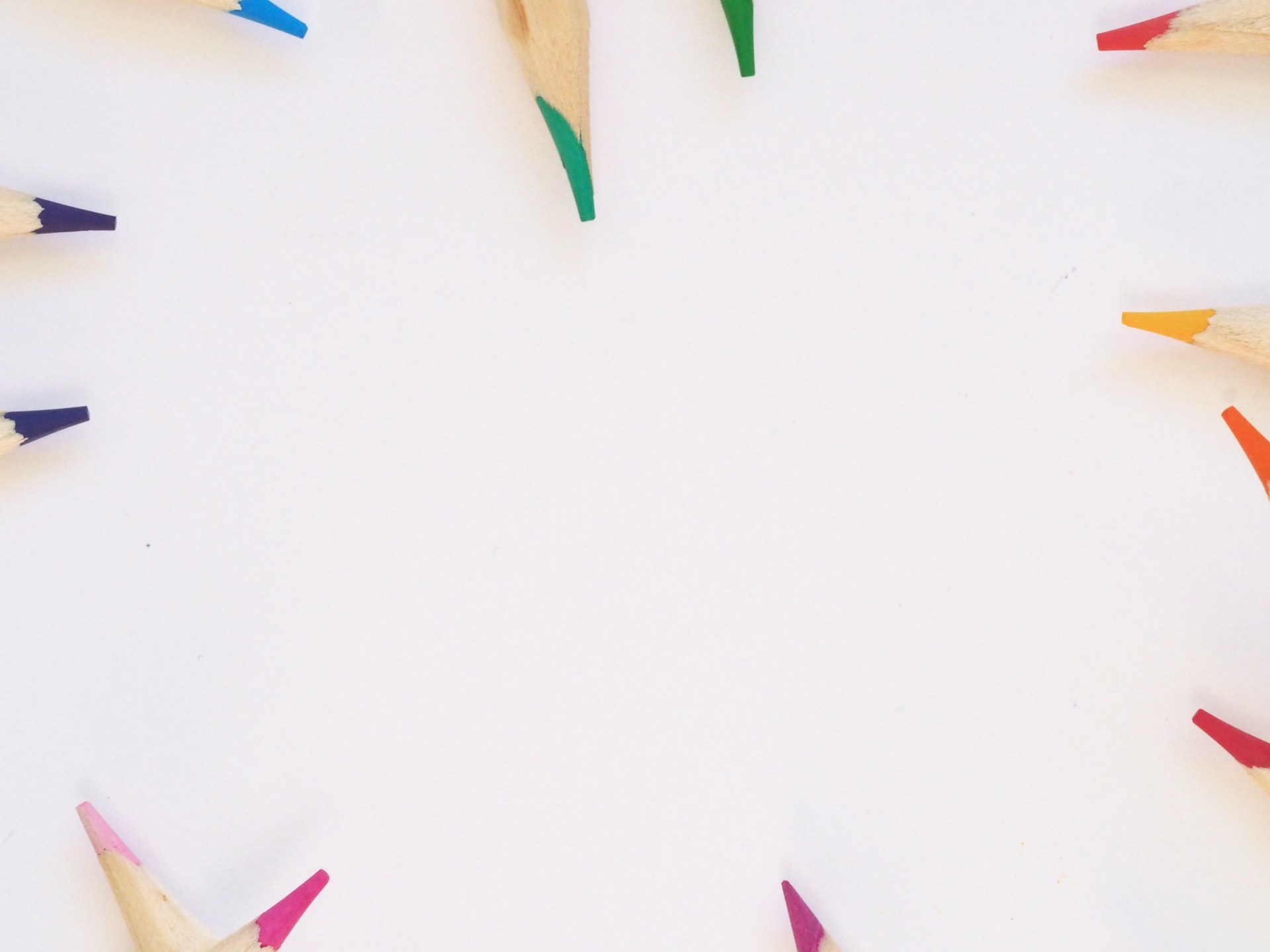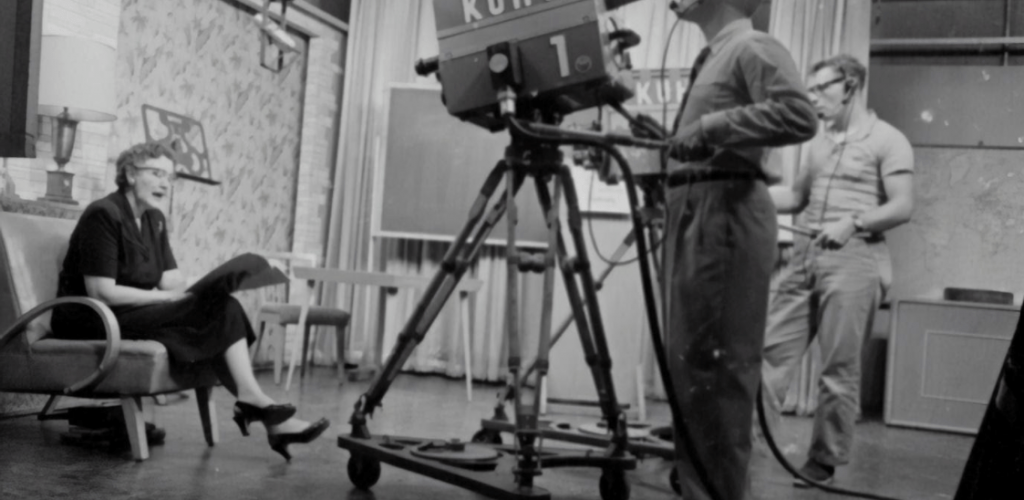Culture of Collaboration
- 4 - 8 hours
- Online / in person
- 5 - 20
- €60 - 100

Key Outcomes
-
Diversity and inclusion
-
Development of kindness and curiosity
-
Effective collaboration and communication
-
Valuing differences
how it works
Is it possible to create a culture where everyone is valued regardless, or even because of their uniqueness? We believe so! Using Erin Meyer’s Culture Map and Geert Hofstede’s Culture Dimensions, we will dig into the root causes of cultural differences. But we won’t stop at national cultures. Generations, personality types and other differentiators can be a source of great collaboration as long as we don’t get stuck in them.
To see differences as values, not obstacles, practising curiosity can be helpful. While curiosity is often criticised in various sayings and stories, a healthy amount of curiosity can be very valuable in effective communication and cooperation. Being interested in the reasons of different behaviours or attitudes makes it easier to look past the discomfort of difference and to truly appreciate it.
In this way, we create a base for real inclusion and presence, where diversity is truly valued and we can explore and understand what causes discord or confusion in the team. By training curiosity and openness instead of judgement, cooperation and communication both inside and outside the team become smoother.
learning outcomes
Minimising the impact of stereotypes
Building new neural pathways for less biased thinking
Realising the value of diversity
Effective collaboration and communication
Testimonials
"Both the topic and delivery were exciting."

